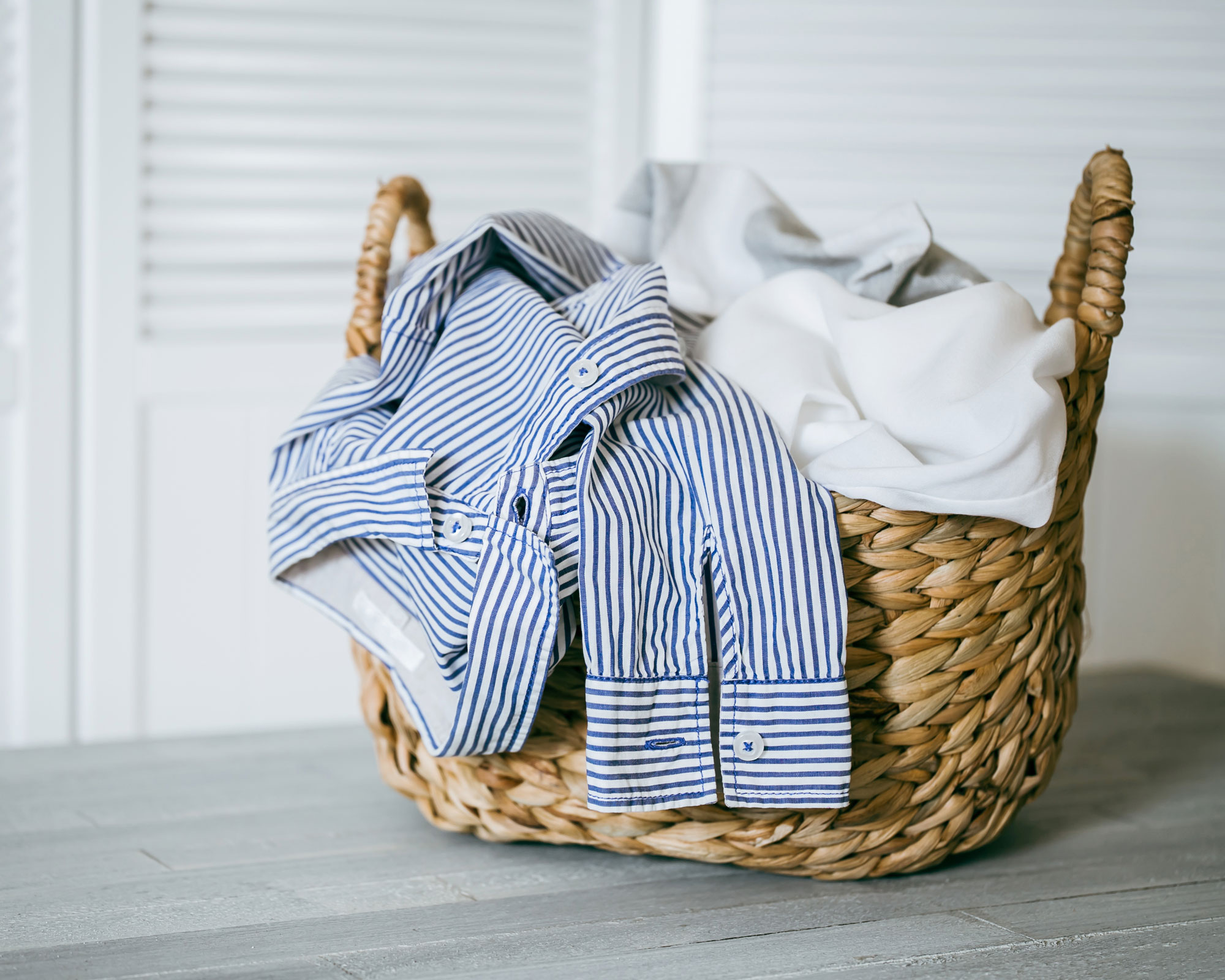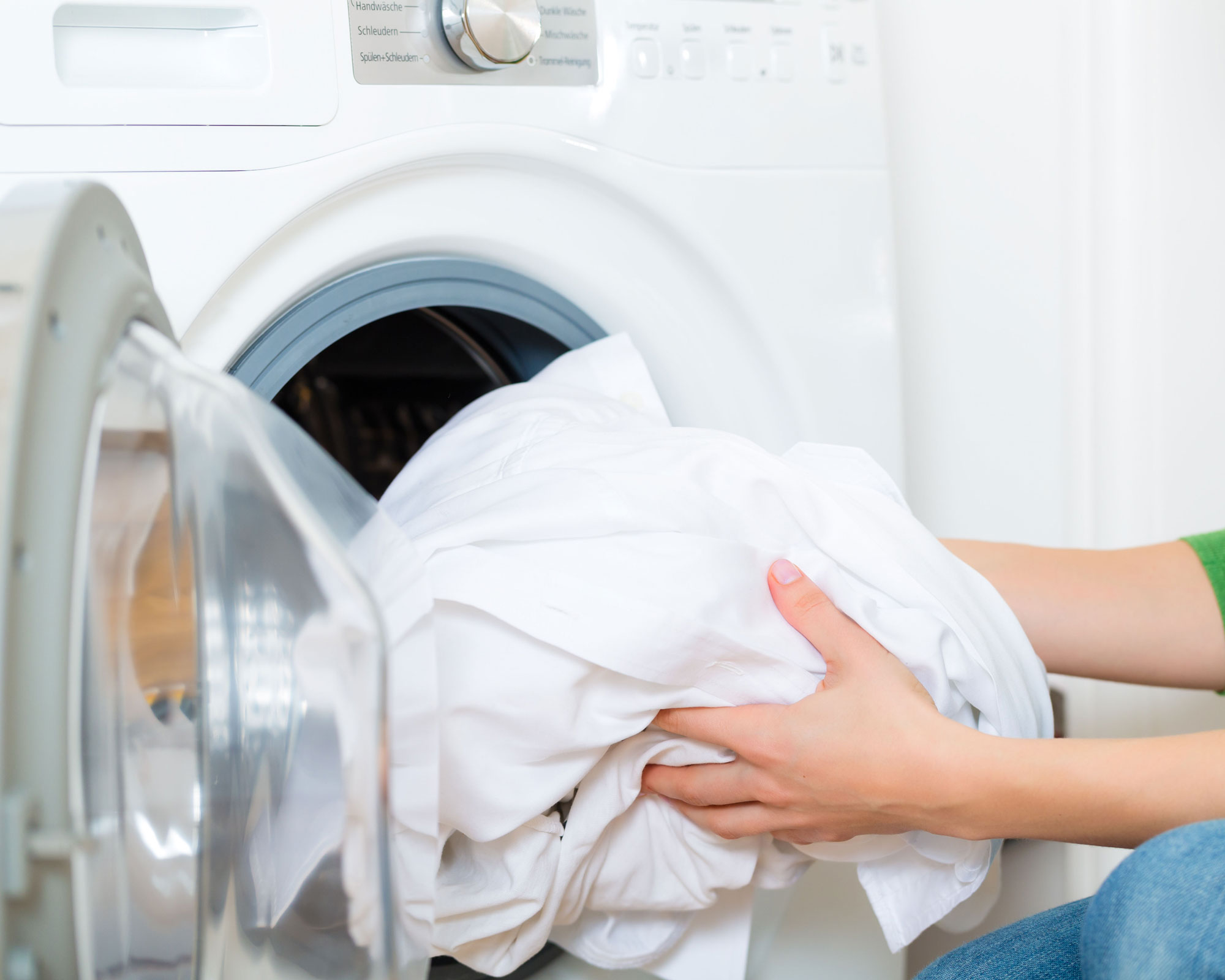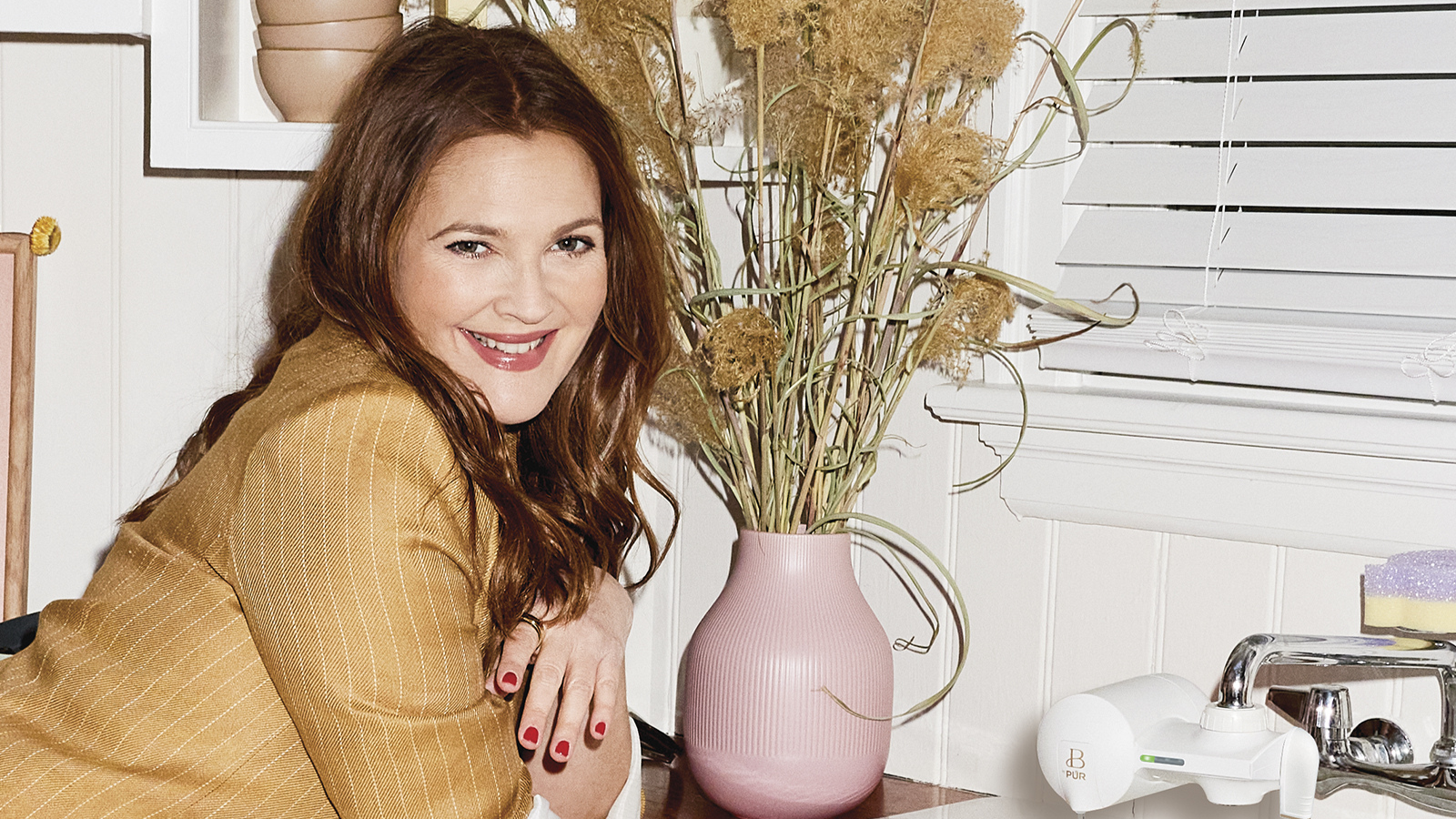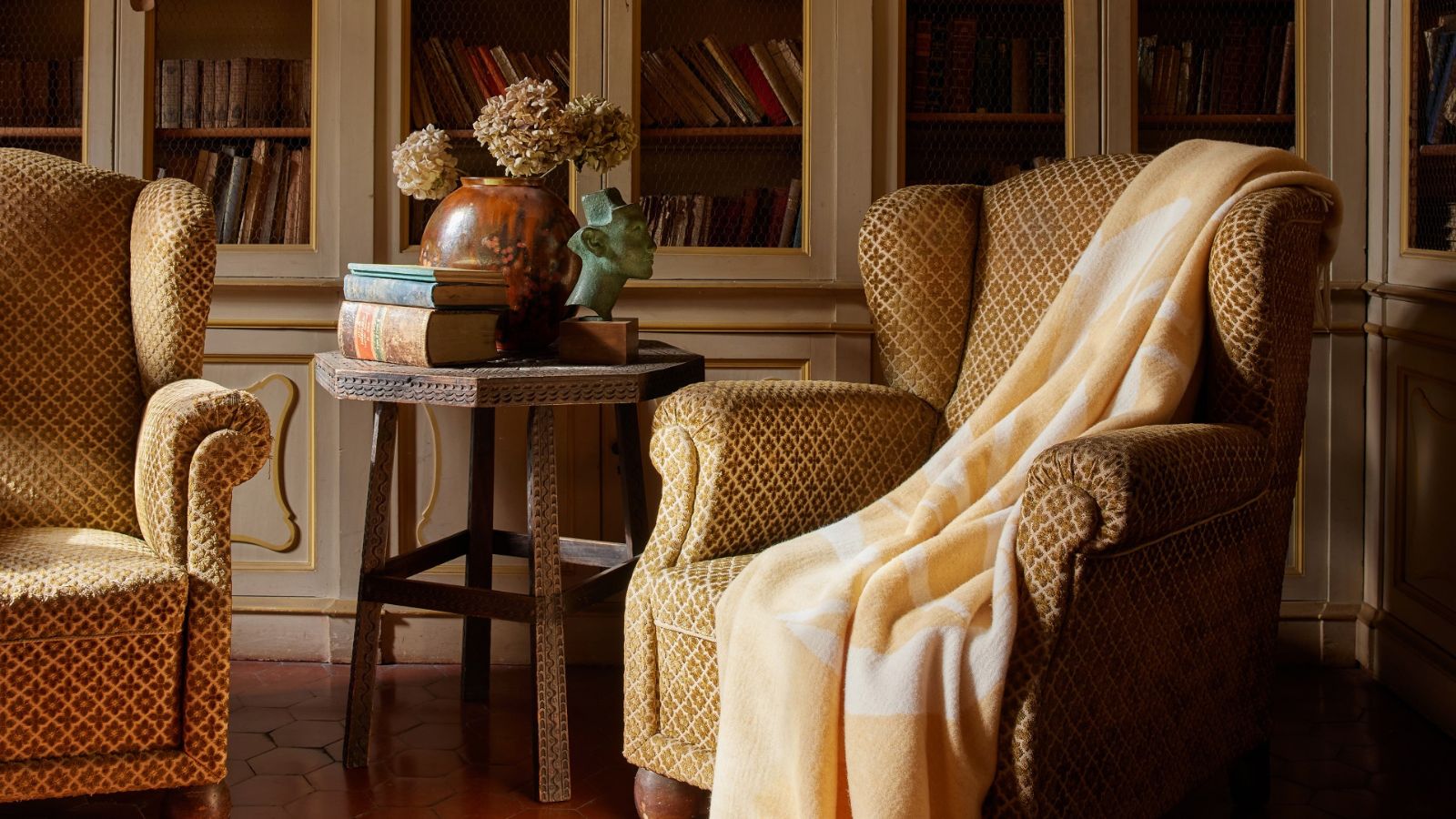Do you need to separate your laundry? Experts weigh in
Get clothes and linens thoroughly clean and make them last longer with advice from the pros on preparing laundry loads


Keeping up with the laundry can feel like hard work, so you might be wondering if you need to separate loads for the washer or you can skip the process to save both time and effort.
However functional your laundry room, making the process of doing the washing more efficient would be welcome, after all, so avoiding a step is oh-so tempting.
So can you skip the separating and mix loads in the washer? And, if you do, are there are any downsides? We asked the experts to give us their advice.
Experts explain how to prepare laundry loads
The answer to whether you need to pay attention to laundry symbols, colors, and more? While there may be exceptions based on specific clothing and laundry, separating laundry is generally regarded as a best practice to optimize cleaning results and extend the life of your garments.
These are the guidelines you should follow, according to the pros.

Separate by color
Sorting your laundry by color is essential to prevent color bleeding and fading. Dark colored garments like blacks, blues, and reds have a higher chance of transferring dye to lighter colored items during the washing process. By separating your laundry into whites, lights, and darks, you can preserve the vibrancy and quality of your clothes.
Sorting your laundry by color also makes it easier when treating the clothes for stains and understanding how to use bleach in laundry. Stephen Ip, owner of Boston-based cleaning company Cleanzen does not soak or use bleach on colored clothes to avoid colors fading. However, when it comes to light/white clothes, he’ll soak them in certain products to get rid of any stains or dirt.
Separate by fabric
Think fabric when creating laundry loads. ‘Separating laundry based on fabric type is crucial for preserving the integrity of delicate fabrics,’ says Shabbir Alam, CEO of CleaningTuts. ‘It helps prevent potential damage and ensures garments last longer.’
Different fabrics require specific care instructions. Delicate materials like silk, lace, and wool often need to be washed separately or placed in mesh laundry bags to avoid damage. Mixing these delicate fabrics with rougher fabrics like denim or towels can lead to snags, tears, or pilling.
Wondering if you can wash clothes with towels generally, and whether you can wash sheets and towels together? You could, but pay attention to color (see above), as well as temperature, which we’ll come to soon.

Shabbir Alam is the CEO of CleaningTuts, a dedicated platform offering cleaning solutions. It provides cleaning tips, techniques, and guides to assist individuals in achieving and maintaining clean and organized spaces.
Separate by levels of dirtiness
While not an essential, separating items according to how soiled they are is good practice. ‘Sorting your laundry by level of dirtiness can help optimize the cleaning process,’ explains Muffetta Krueger, founder of Muffetta’s Domestic Assistants. ‘Heavily soiled items, such as muddy jeans or sweaty workout clothes, may require a more robust wash cycle or stain treatment.’
Separating laundry by soil level is crucial for effectively addressing different cleaning needs. It ensures very dirty items receive the thorough cleaning they require, preventing dirt transfer and maintaining overall cleanliness.

Muffetta is the founder and CEO of Muffetta’s Domestic Assistants, a licensed agency. They provide personally tailored maids and household placement services in the Lower and Mid Hudson Valley, New York City, Connecticut and nationwide.
Separate by temperature
Separating items for washing by temperature isn’t a must, but it can be a good idea. The reason you don’t have to separate this way? You can mix items that require different temperatures in a load. However, if you do so, you’ll always need to use the lowest maximum temperature indicated when you’ve checked all the labels.
Washing at a lower temperature than your garments and linens need can be a good tactic to save energy and is fine if items are not very soiled. But note that the answer to the question of whether you should wash whites in hot or cold water is that to keep whites bright, hotter water is best. Find out just how hot that should be by checking the care label.
FAQs
Why are my white clothes turning gray in the wash?
If you use the incorrect amount of detergent, limescale and soap scum may accumulate on your clothes, resulting in a gray coating. White towels that have turned gray due to limescale can be whitened again by washing them in the washing machine with a small amount of citric acid powder or vinegar instead of detergent. Vinegar can also be a way to soften towels that have become scratchy.
Separating is a key step in knowing how to do laundry properly and worth the time and effort it takes in order to keep clothes and linens in the best condition for longer. Bear in mind that size of load is important, too. Always check the washing machine instructions for the weight limit for a particular cycle to be sure you are not overloading the drum, as too large a load means clothes won’t be washed effectively.
Sign up to the Homes & Gardens newsletter
Design expertise in your inbox – from inspiring decorating ideas and beautiful celebrity homes to practical gardening advice and shopping round-ups.

Seraphina is a contributing editor at Homes & Gardens, writing Solved features on organizing and storage. She loves to decorate and also grow her own produce from her home in London. Her previous experience includes working at Women's Health and Fabulous Magazine.
-
 7 of the best tomatoes for growing in pots - expert growers pick their top varieties ideal for large harvests from containers
7 of the best tomatoes for growing in pots - expert growers pick their top varieties ideal for large harvests from containersYou can enjoy bumper homegrown harvests in small spaces
By Drew Swainston Published
-
 Drew Barrymore creates a 'balanced' kitchen in 4 easy steps – her rules will make your small, compact countertops feel beautiful
Drew Barrymore creates a 'balanced' kitchen in 4 easy steps – her rules will make your small, compact countertops feel beautifulDrew proves that with the right styling (and chic appliances), you can make even the smallest of kitchens look harmonious
By Hannah Ziegler Published
-
 6 ways to prevent mold and damp in bedrooms – expert solutions to maintain a safe sleep environment
6 ways to prevent mold and damp in bedrooms – expert solutions to maintain a safe sleep environmentDon't sleep on these six tips, experts urge
By Seraphina Di Mizzurati Published
-
 I tried the easy Reverse Advent Calendar decluttering method to clear out my home before Christmas – it's brilliant if overwhelm usually gets in your way
I tried the easy Reverse Advent Calendar decluttering method to clear out my home before Christmas – it's brilliant if overwhelm usually gets in your wayIt left my home feeling lighter with minimal effort
By Ciéra Cree Published
-
 I tried the one-in-one-out method to keep my space clutter-free and it changed my relationship with shopping for good
I tried the one-in-one-out method to keep my space clutter-free and it changed my relationship with shopping for goodI added a few caveats that made the rule work better for me
By Ciéra Cree Published
-
 8 things you should never store in a playroom and where to put them instead
8 things you should never store in a playroom and where to put them insteadRead our top tips on how to keep your playroom organized and fun at the same time
By Sophie Warren-Smith Published
-
 7 fall home maintenance tips experts never skip in their own properties
7 fall home maintenance tips experts never skip in their own propertiesSeven pro steps to maintain your home this fall
By Andy van Terheyden Published
-
 I’m in chronic pain and have used heating pads for 15 years to cope at home in cold weather – the best I've ever used is on sale for Amazon Prime's last day of deals
I’m in chronic pain and have used heating pads for 15 years to cope at home in cold weather – the best I've ever used is on sale for Amazon Prime's last day of dealsI've used more than 30 electric heating pads and they're my go-to for pain relief
By Punteha van Terheyden Published
-
 A professional organizer's best seasonal storage tips for living rooms – they're the key to having easy access, reduced clutter and improved functionality
A professional organizer's best seasonal storage tips for living rooms – they're the key to having easy access, reduced clutter and improved functionalityWelcome in the new season with stylish storage tips for fall
By Ottilie Blackhall Published
-
 How to elevate your teen's former bedroom into a beautiful home office
How to elevate your teen's former bedroom into a beautiful home officeTips and advice from an interior designer and a professional organizer on how to transition your teen's bedroom into a home office
By Ashley Chalmers Published